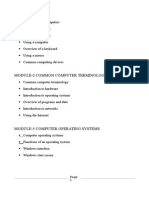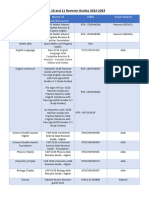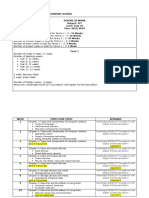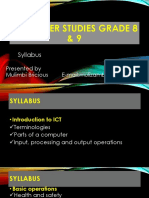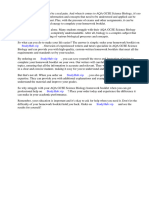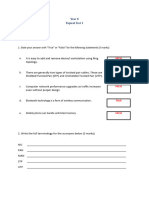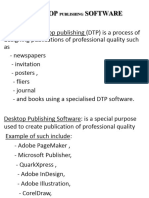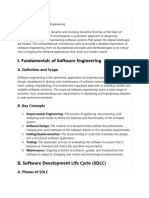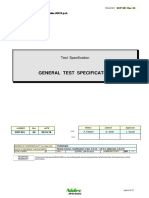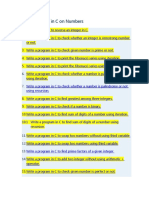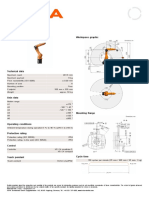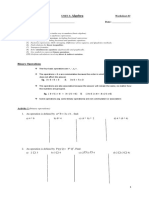0% found this document useful (0 votes)
214 views8 pagesFundamentals of Software Engineering
The 'Fundamentals of Software Engineering' course provides an introduction to the systematic development, operation, and maintenance of software systems, covering key concepts such as SDLC, software design, testing, and project management. Students will learn various methodologies, tools, and ethical practices essential for effective software development. By the end of the course, participants will be equipped with foundational skills to contribute to software projects or pursue advanced studies in the field.
Uploaded by
abdikarintCopyright
© © All Rights Reserved
We take content rights seriously. If you suspect this is your content, claim it here.
Available Formats
Download as PDF, TXT or read online on Scribd
0% found this document useful (0 votes)
214 views8 pagesFundamentals of Software Engineering
The 'Fundamentals of Software Engineering' course provides an introduction to the systematic development, operation, and maintenance of software systems, covering key concepts such as SDLC, software design, testing, and project management. Students will learn various methodologies, tools, and ethical practices essential for effective software development. By the end of the course, participants will be equipped with foundational skills to contribute to software projects or pursue advanced studies in the field.
Uploaded by
abdikarintCopyright
© © All Rights Reserved
We take content rights seriously. If you suspect this is your content, claim it here.
Available Formats
Download as PDF, TXT or read online on Scribd
/ 8




